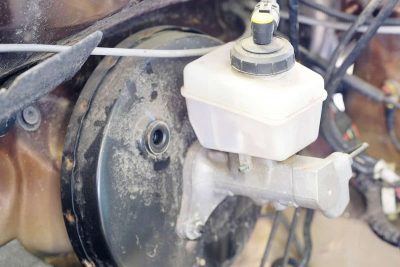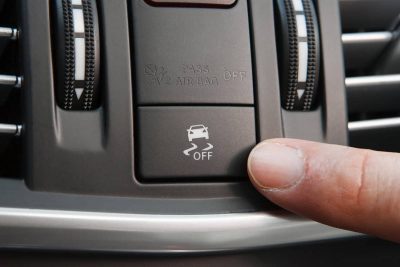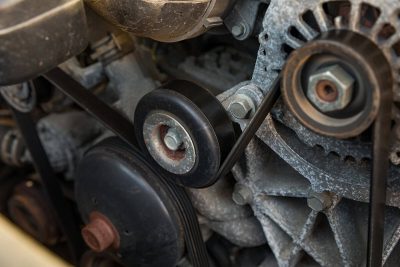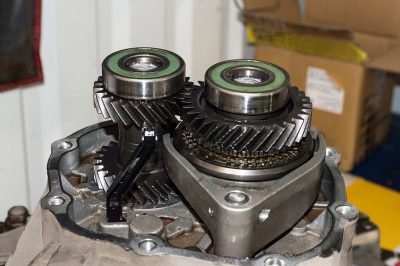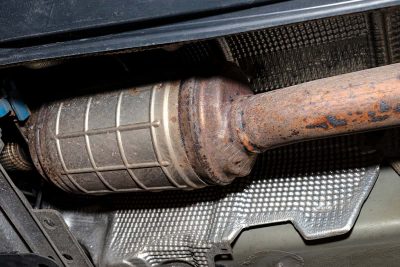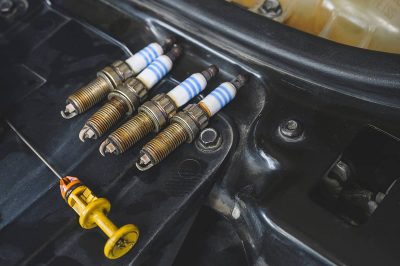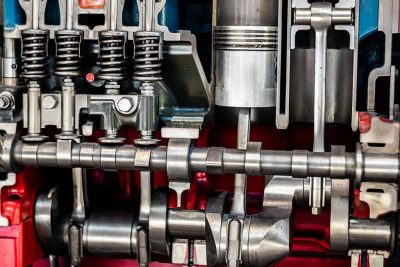The brake master cylinder is a tiny device plays a critical role in making your vehicle stop when you press the brake pedal. If this cylinder fails or doesn’t work correctly, it could mean your vehicle won’t stop properly, making it unsafe to drive.
The RPM gauge, or tachometer, is an essential part of your vehicle’s dashboard. It helps you keep track of your engine’s speed and ensures that your car runs smoothly and efficiently. When the RPM gauge stops working, it can be difficult to monitor your engine’s performance, potentially leading to decreased fuel efficiency and increased wear and tear on your vehicle’s engine.
Modern cars come with a wide assortment of smart systems. One of these is the Electronic Stability Control. Of the countless systems in cars, what does this one do, and what sort of problems does it experience?
A gear ratio is the relationship between the rotation of the input gear (engine output) and the output gear (wheels). Essentially, it determines how many times the engine needs to turn for the wheels to complete a full rotation. A gear ratio calculator is a tool that can easily determine this ratio, simplifying maintenance decisions and enhancing your car’s performance.
Electric cars do have transmissions, but not in the traditional sense. Unlike conventional cars that use multi-speed transmissions, most electric vehicles utilize a single-speed transmission or direct drive. This mechanism simplifies power delivery, increasing efficiency and reducing maintenance needs.
The serpentine belt is a long, winding belt that powers key parts of your vehicle, like the alternator, power steering pump, and air conditioning compressor. It’s called ‘serpentine’ because it snakes around these components. However, it can wear out or become loose over time, and that’s when problems can start.
The output shaft is a key part of the transmission system that transfers the rotational force from the engine to the wheels. Its function is pivotal, as it effectively converts and channels the power generated by the engine into motion that propels the vehicle.
A transmission fluid flush is a comprehensive process that cleanses the transmission system by replacing old fluid with new. It’s more thorough than a transmission fluid change, which usually leaves some old fluid in the system. The cost varies, typically ranging from $100 to $300, depending on several factors.
The catalytic converter cleans up harmful gases before they leave your exhaust pipe. It’s a crucial part of your car that keeps the air cleaner and helps your car run smoothly. When it goes bad, it can cause a lot of problems, both for your car and for the environment.
Automatic transmission fluid is a special lubricant used in vehicles with self-shifting or automatic transmissions. It comes in different types such as:
If your car’s engine misfires, you may notice unusual noises, car shaking, decrease in power, poor fuel efficiency, and a check engine light. If you notice any of these signs, it could be due to spark plugs, fuel system, or engine timing.
An internal combustion engine is a complex machine that generates power by burning fuel within its structure, rather than externally. The fuel-air mixture’s combustion, initiated by a spark plug, causes a high-pressure gas expansion that pushes a piston. This mechanical motion is ultimately converted into the rotational movement of the wheels.
